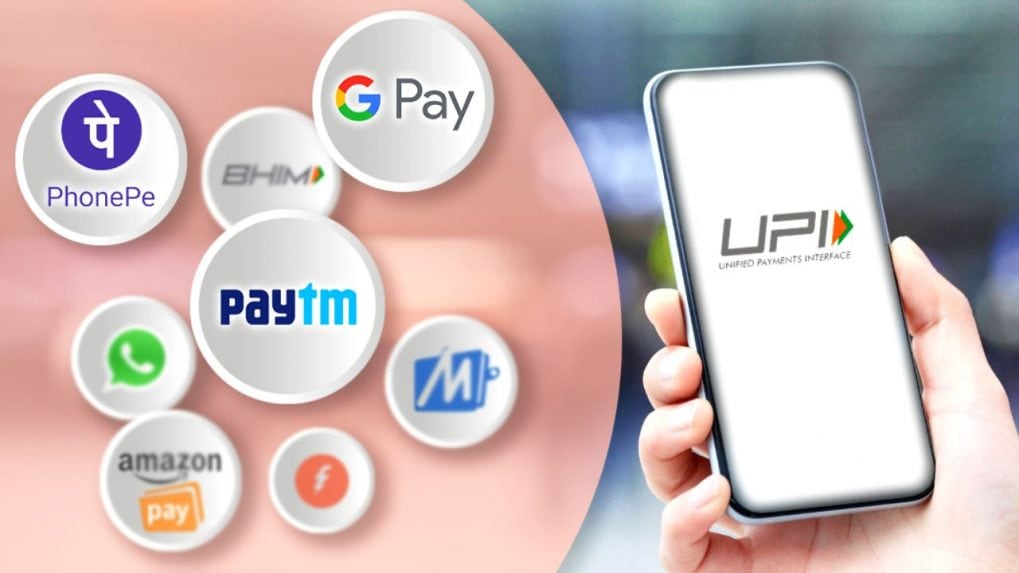The untold story of UPI: How India’s homegrown payment revolution became a global benchmark
Conceived to bring banking to millions and curb the economy’s reliance on cash, UPI has evolved into an everyday essential.
ADVERTISEMENT
India’s digital payment revolution didn’t happen overnight — it was carefully built, brick by digital brick. What began as an experiment in financial inclusion is today one of India’s most powerful tech exports in the making: the Unified Payments Interface, or UPI. Conceived to bring banking to millions and curb the economy’s reliance on cash, UPI has evolved into an everyday essential — powering everything from a Rs 20 roadside tea payment to multi-lakh transactions in IPOs. It now processes billions of transactions every month and has positioned India as the global leader in real-time payments.
With Japan now allowing UPI payments, India's payment system has set an example for the world. To court one of Asia’s fastest-growing travel segments, NTT DATA Japan, a subsidiary of the technology conglomerate NTT DATA Group, has signed a memorandum of understanding with NPCI International Payments Limited. This is the overseas arm of India’s National Payments Corporation, which aims to enable Unified Payments Interface, or UPI, payments at select Japanese merchants, as per reports.Foreign tourists who visit India remain in awe of the promptness and effectiveness of this system.
The Untold Story of UPI
When the National Payments Corporation of India (NPCI) was formed in 2009, its mandate was simple yet ambitious — to unify the country’s fragmented payment systems and make them more efficient, inclusive, and secure. By 2011, the Reserve Bank of India (RBI) noted a glaring gap: the average Indian conducted only six non-cash transactions a year, and nearly 145 million families remained unbanked.
To address this, the RBI’s 2012–16 vision document committed to creating a “safe, efficient, accessible and interoperable” payment and settlement system. Out of that vision was born the Unified Payments Interface — officially launched in 2016 — marking the beginning of India’s cashless transformation.
How UPI Works
At its core, UPI is built on a four-pillar interoperable model. It connects remitter and beneficiary banks through front-end payment service providers (PSPs) and back-end settlement systems — allowing instant money transfer between accounts across banks with a few taps on a mobile device. Instead of cumbersome account numbers and IFSC codes, users transact via a virtual payment address or UPI ID, secured through two-factor authentication.
This ease of use, coupled with interoperability and 24/7 availability, made UPI a household name. As the CEO of Netmagic Solutions once described, “UPI is one of the most successful deep-tech innovations to emerge from India.”
The Turning Point: From Local Solution to Global Benchmark
By 2019, the world had taken notice. Google, impressed by UPI’s success, recommended that the US Federal Reserve use it as a model for America’s own real-time payment system, “FedNow.” Within just four years of its launch, India had surpassed China and the United States to become the world’s largest real-time payments market, processing over 25.5 billion transactions annually (ACI Worldwide and GlobalData, 2020).
According to the Economist Intelligence Unit (2021), UPI cemented India’s position as a global leader in digital payments. Today, countries including Singapore, France, Bahrain, Saudi Arabia, and the United States are studying or integrating UPI-based frameworks to replicate its integration, compatibility and scale.
UPI’s Everyday Revolution
What makes UPI remarkable isn’t just the scale — it’s the ubiquity. From vegetable vendors and auto-rickshaw drivers to luxury retailers and fintech apps, UPI has woven itself into the fabric of daily Indian life. In October 2024 alone, the platform processed Rs 23.49 lakh crore across 16.58 billion transactions, marking a 45% year-on-year growth, as per Press Information Bureau (PIB).
Today, with 632 banks connected, it’s hard to imagine an India without UPI. It powers peer-to-peer transfers, online shopping, IPO applications, bill payments, donations, and even ATM withdrawals through UPI-based QR codes. For millions, UPI has replaced wallets, cards, and cash altogether — democratising digital payments across every income and geography.
Global Expansion
As India’s flagship in the digital public infrastructure (DPI) stack, UPI is now crossing borders. The NPCI International Payments Limited (NIPL) is leading partnerships across countries including Singapore (via PayNow), the UAE, France, and Sri Lanka — making India one of the few nations exporting fintech infrastructure. The system’s open-source framework and real-time scalability have attracted global admiration, proving that inclusive innovation can thrive even in a developing economy.
The Road Ahead
UPI’s success is also shaping the next phase of India’s digital economy. Voice-enabled payments for feature phone users, integration with credit lines, and the expansion of cross-border linkages are already underway. And with India’s digital rupee ecosystem developing in parallel, UPI could soon serve as the interface for a new form of programmable money.
What began as a modest experiment in payment interoperability is today the beating heart of India’s financial transformation — and perhaps its most influential technology export yet.
Read More: Japan to allow Indian tourists to pay with UPI, expanding India’s digital reach abroad
Read More: BSNL set to launch digital payments service ‘BSNL Pay’, powered by BHIM UPI
Read More: From clicks to chat: OpenAI, UPI, and the AI takeover of e-commerce

